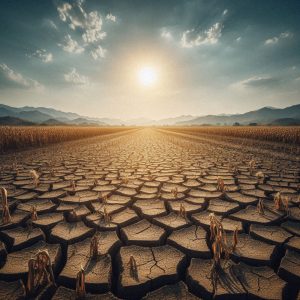Extracted from a post by Growing Produce (Rosemary Gordon)
Daniele Zaccaria, assistant cooperative Extension specialist in the Department of Land, Air and Water Resources at the University of California-Davis, offers some tips to help you get the most from your irrigation water:
1. Consult with farm advisers in your area. They are usually a good source of information for irrigation management practices.
2. Plan for crop planting timing strategically, as early or late planting may help growers avoid the highest water-demanding periods, or reduce the length of the crop cycle, thus requiring less water to achieve profitable yields.
3. If you can, plant short-season varieties (varieties characterized by shorter crop cycle) and earlier-harvesting varieties.
4. Remove cover crops and weeds earlier in the season, as they uptake water from the soil. Incorporate cover crops and weeds in the soil to increase the water holding capacity and water retention by the soil.
5. Apply water according to real needs of the crop with small amounts and high frequency, and with application rates adequate to the soil infiltration rates.
6. Minimize the water losses by soil evaporation, surface runoff, and deep percolation. Make sure water is not applied past the root-zone depth. Use soil moisture monitoring for proper application timing and volumes
7. Use water conservation techniques, such as conservation tillage, drip irrigation, reduced tillage, management of residues from the previous crop, and mulching.
8. In case of limited water supply, use regulated deficit irrigation, i.e. reduce the irrigation amounts with respect to needs during crop stages that are not sensitive to water stress.
9. Once every two to three years, have your irrigation system evaluated by public or private Mobile Lab Services to get information about distribution uniformity and application efficiency.
10. Regularly inspect and maintain your irrigation system at least every season, or multiple times along the irrigation season.




